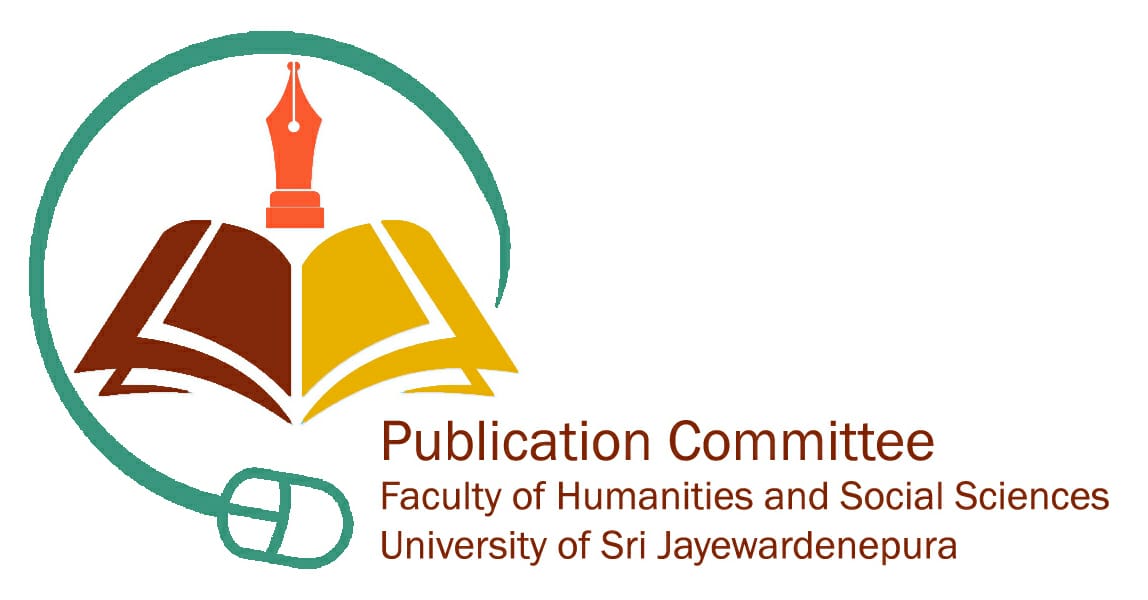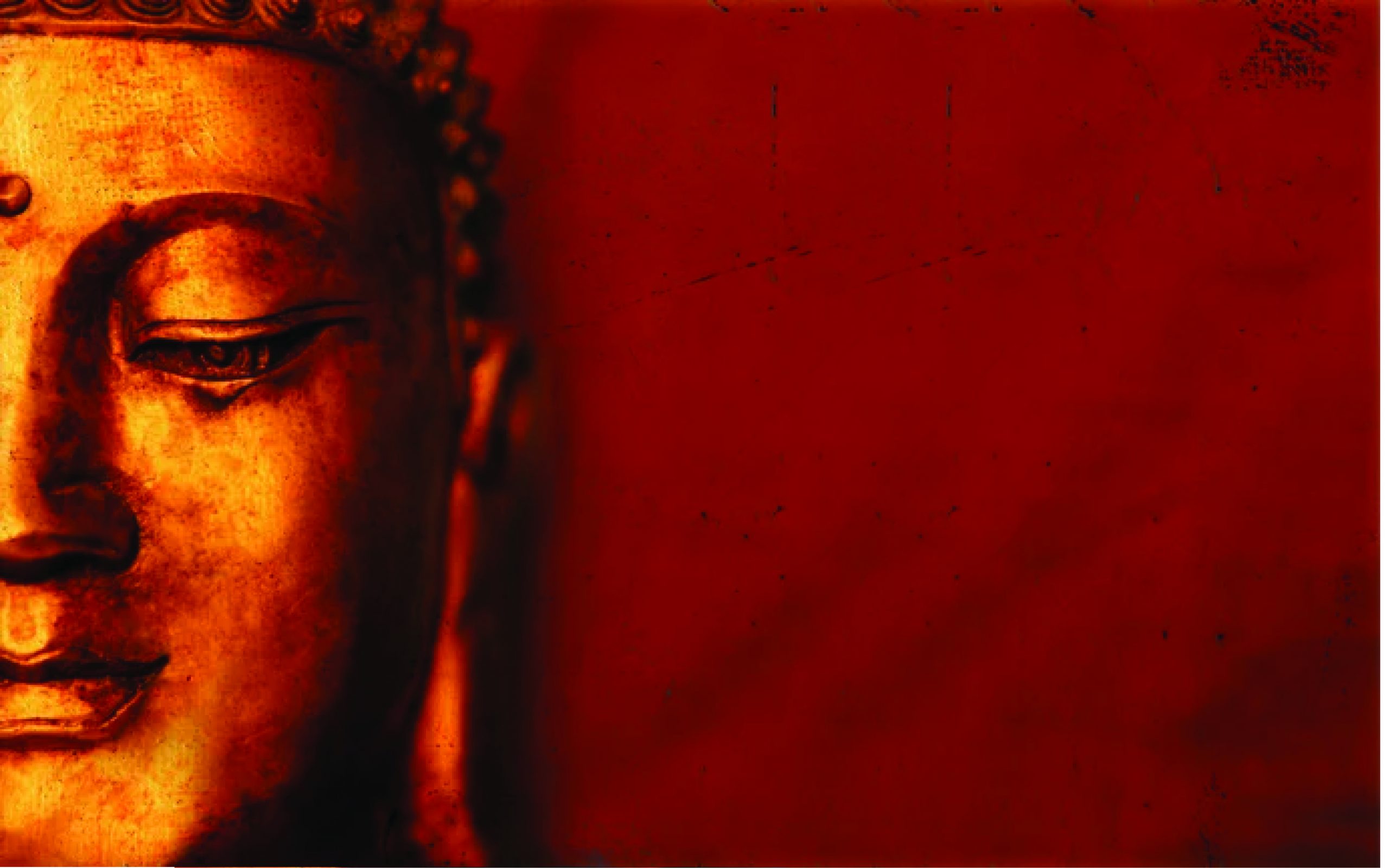The season of Vassana or the Vas retreat is a valuable period for all the Buddhist monks, nuns, and Buddhist lay devotees all over the world to engage in religious observances spiritually. Also, they can practise religious activities to accumulate merit.
According to the Buddha’s advice mentioned in the Vassupanaikakkhanda of the Mahavagga Pali, the monks should observe Vas in two periods, namely ‘Pera Vas’ and ‘Pasu Vas’ either on the Esala Full Moon Day or the Nikini Full Moon Day. The latter Vas observance (Pasu Vas) takes place only for the monks who have not observed Vas on the Esala Full Moon Day due to a valid reason or reasons as mentioned in the Vassupanikakkhanda.
In general, the devotees of the temples and monasteries invite the monks to observe Vas on the Esala Full Moon Day. With their invitations, the monks observe Vas on the following day of the Full Moon. According to the disciplinary rules, if the monks are not invited for the observance of Vas, still they must observe Vas alone at their residencies during the rainy seasons. At present, it takes place in both temples and monasteries with the invitation of devotees in the presence of upasaka and upasika respectively.
The Buddha always listened to the opinions of the general public and honored them. Once king Bimbisara made a kind request from the Buddha to reside in one place during the rainy season without travelling from place to place for Dhamma propagation. After considering this, and as an honor to the king’s request, the Buddha asked his disciples to remain in one place (in a sheltered place) to observe Vas, or the Rainy season retreat. Also, he further instructed the monks to assemble twice a month in the monasteries and recite the Patimokkha (the code of discipline) on the Amavaka and the Purapasolosvaka. Thereafter, following the king’s concern the Buddha promulgated and declared a disciplinary rule for the monks “Anujanami bhikkhave vassane vassam upagantum” (O monks, I hereby request you both (Bhikkhu and Bhikkhuni) and permit you to observe Vas (retreat) during the Vassana season.” However, if a monk wanted to leave his residence due to a specific reason during that period, he had special permission to go out, but he should come back to the same place without exceeding seven days or within seven days (Satthahakarana).
Today, in many temples and monasteries of Sri Lanka and other foreign Buddhist countries; Thailand, Myanmar, Cambodia, Laos, Vietnam, and India vivid religious activities are organized by the Dhamma followers such as meditation retreats, Dhamma preaching, Dhamma discussion, observing precepts, Bodhi puja, Buddha puja, Pirith chanting, offering alms to the monks, giving necessary stuff to the poor people and so on to acquire merits in this rainy season.
As mentioned in the lunar calendar of 2022, the month of the Kathina Robe offering to the Maha Sangha commences on the Vap Full Moon Day and it continues to the Il Full Moon Day (from 9th October to 8th November 2022) at Buddhist monasteries all over the world.
Accordingly, devotees of each temple decide on different dates with the advice of the chief incumbent within this period to organize their respective days for the Kathina ceremony.
The word ‘Kathina’ originated during the time of our great teacher, the Buddha. First, he used the word Kathina to refer to the frame which was used for spreading the cloth that was used to make the robe. Gradually, with time the basic meaning of the Kathina has changed to be known as the extra or special robe called ‘Kathina Robe’ to offer to the Maha Sangha at the end of the rainy season retreat. The literal meaning of the Kathina comes diversely such as ‘hard’, ‘unbreakable’, ‘stable’, ‘solid’, ‘durable’, and so on.
Once when the Buddha was residing at the Jetavana monastery, a group of thirty monks decided to observe Vas (the rainy season retreat) with their great teacher, the Buddha at the same monastery. With this intention, these monks left their monastery at the beginning of the Vas season to approach the Jetavana monastery in Savatthi, but they were unable to reach there on time before the Vassana began. Therefore, they had to observe Vas close to Savatthi practising meditation. Just after finishing the Vas period, the group of monks approached the Jetavana monastery to visit the Buddha in the torrential rain and they were drenched. Then, the Buddha saw that they were in the wet robes and granted his permission to hold an additional Kathina Robe for the monks who have observed ‘Pera Vas’ regardless their prevailing three robes.
At present, the Kathina Robe is offered by the devotees to the Maha Sangha who have observed ‘Pera Vas’ within a three-month period from the Esala Full Moon Day to the Vap Full Moon Day each year. However, if a monk fails to observe Vas continuously in this period, he is not eligible to accept the Kathina Robe. Eventually, this robe is offered by the Maha Sangha of the temple to one of the monks who is most qualified to accept it according to the Vinaya rules and regulations in the Vassupanaikakkhanda of the Mahavagga Pali.
The offering of the Kathina Robe to the Bhikkhus is a great meritorious deed and both the clergies and laypeople in this society can obtain merit through it. Additionally, merit can also be gained by doing some wholesome acts during the Vas season such as offering alms for monks and the poor, listening to the Dhamma, participating in poojas, organizing meritorious activities, doing meditation, and so on. As mentioned in Buddhist literature, offering a Kathina Robe to the monks is one of the Eight Most Efficacious Merits (Ata Maha Kusal).
With the Kathina Robe offering, the devotees offer alms and “Kapruka” to the Maha Sangha to gain more merits. The Kapruka is an artificial tree which is made by the devotees to hang any useful item for the use of monks on it. As devotees believe the Kapruka or the celestial tree is in the divine world and it gives whatever is desired.
The well-known story of the Arhat Nagitha Maha Thero tells us how he accumulated merit by offering a Kathina Robe to the Vipassi Buddha and his disciples ninety-one aeons (kalpa) ago. As a result of his meritorious deed, he was never born in the Four Hells like naraka, tirisan, preta, and asura in his cycle of existence. Further, he has stated that he was only born in divine worlds and human realms with luxurious facilities due to offering a Kathina Robe.
To conclude, the rainy season retreat and its end the month of Kathina Robe offering is very useful for both the Maha Sangha and the lay Dhamma practitioners to execute their religious practices. Also, they can strengthen the mutual relationship to acquire merit through engaging in meritorious deeds by offering a Kathina Robe to the Maha Sangha respectfully during this special time of every year.
Dr. Ven. Dodamgoda Sumanasara
Department of English Language Teaching
Faculty of Humanities and Social Sciences
University of Sri Jayewardenepura
Reference
Mahavagga Pali: Vassupanaikakkhanda
Ananda, K. (2011), Kathina Ceevara Puja. Dipani publication and printing (pvt), Nugegoda: Gangodawila
Dhammavasa, K., (2009) Kathinanisansa Hevath Nobindena Pina, Sri Dharmapalaramaya, Mount Lavinia
Sudassi, K., Kathina Ceevaraya, Sikuru Book Publishers, Polgasovita: Venivelkola
https://www2.buddhistdoor.net/features/the-significance-of-the-kathina-robe-offering-ceremony
https://www.buddhistdoor.net/features/buddhist-rains-retreat-vassavasa-a-courtesy-of-monasticism






